NASA’s New Horizons spacecraft has sent back new close up images of the dwarf planet, Pluto. The images have revealed bewildering variety of the surface of the planet which have scientists reeling because of their range and complexity, as explained by NASA .
“Pluto is showing us a diversity of landforms and complexity of processes that rival anything we’ve seen in the solar system. If an artist had painted this Pluto before our flyby, I probably would have called it over the top — but that’s what is actually there,” said Alan Stern, New Horizons Principal Investigator, of the Southwest Research Institute (SwRI), Boulder, Colorado.
New images show the most heavily cratered terrain yet seen by New Horizons.
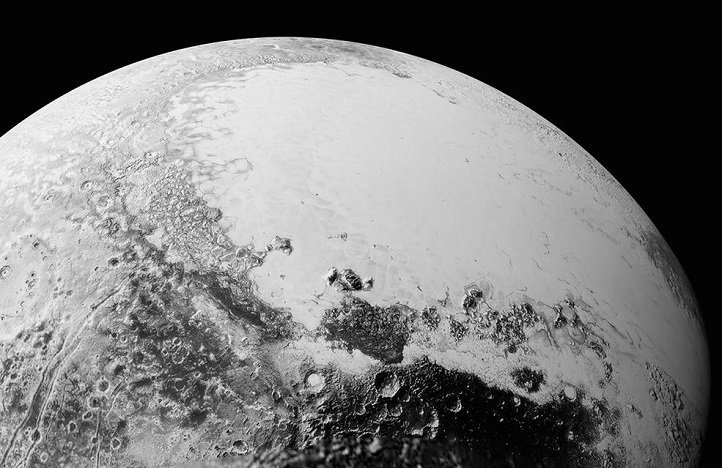
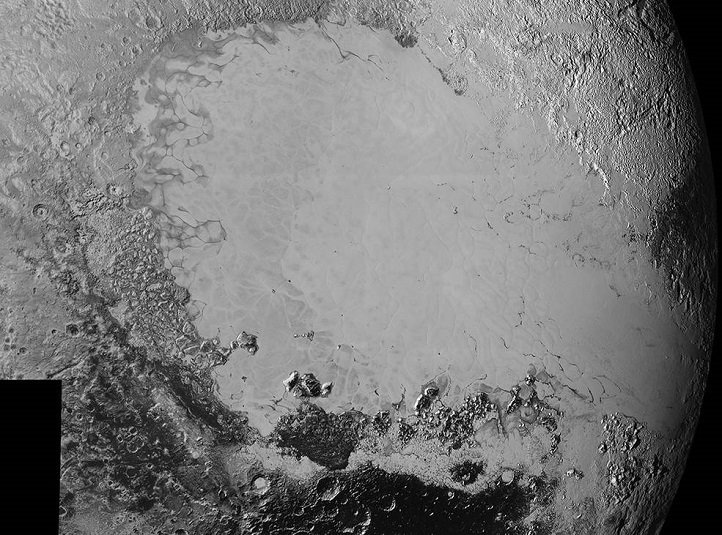
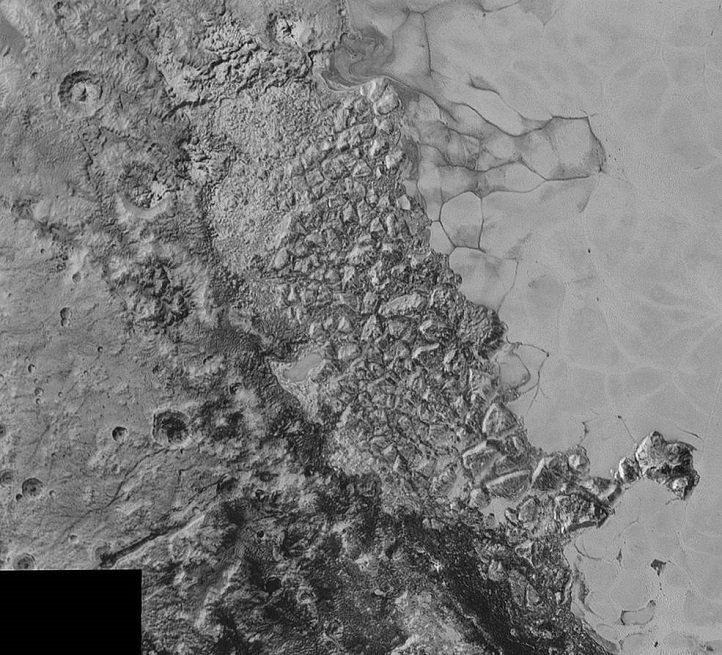
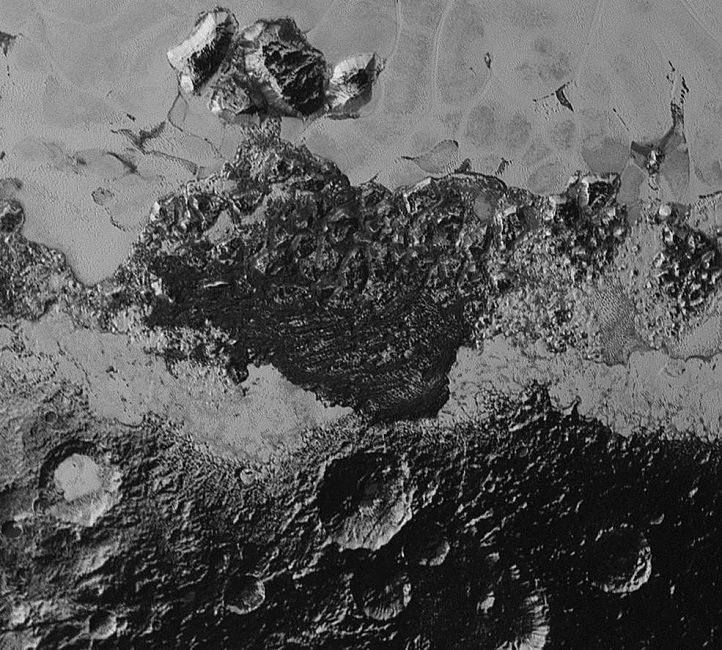
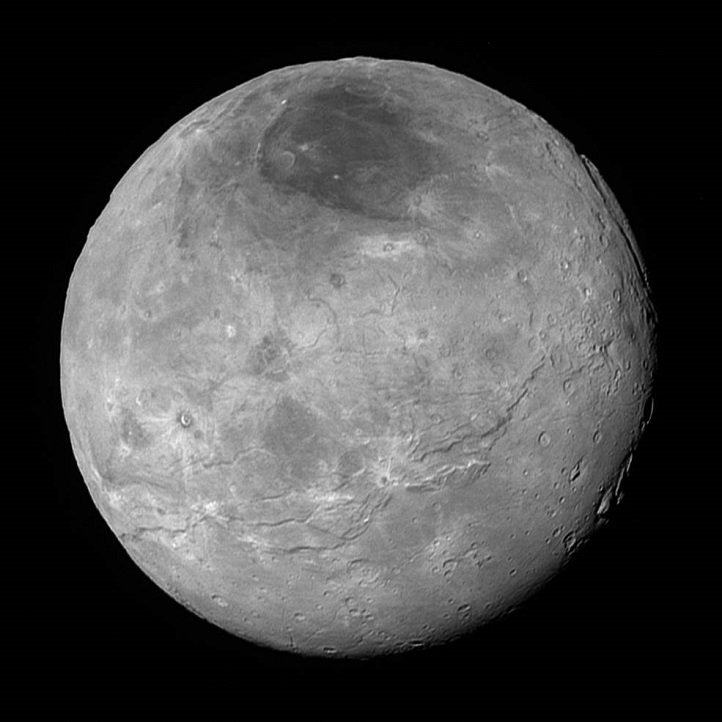
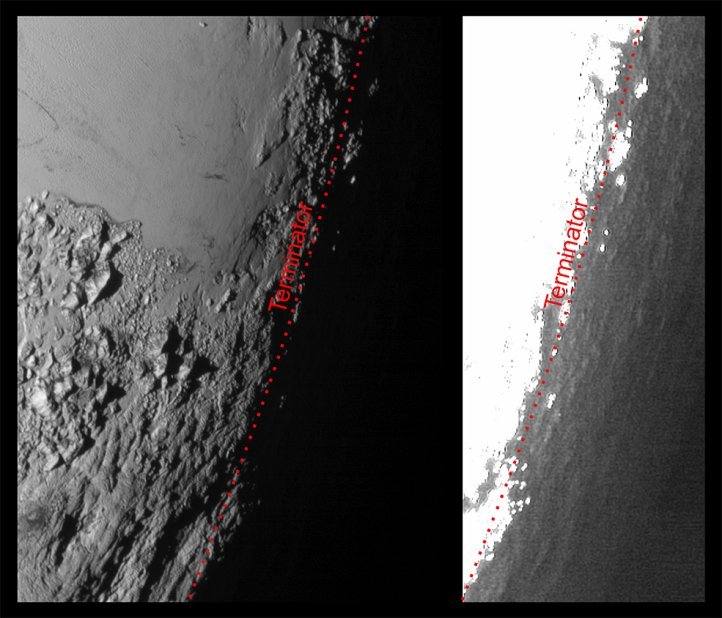
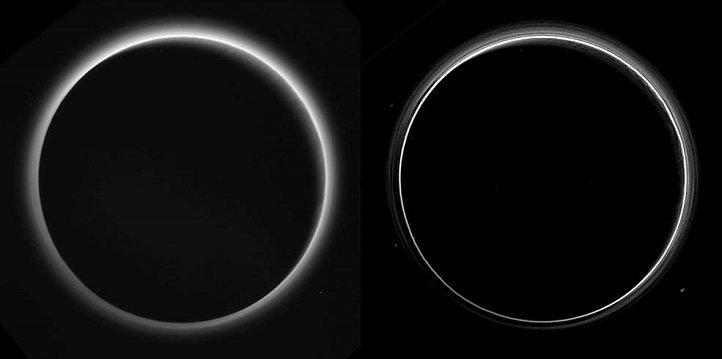
“The surface of Pluto is every bit as complex as that of Mars. The randomly jumbled mountains might be huge blocks of hard water ice floating within a vast, denser, softer deposit of frozen nitrogen within the region informally named Sputnik Planum,” said Jeff Moore, leader of the New Horizons Geology, Geophysics and Imaging (GGI) team at NASA’s Ames Research Center in Moffett Field, California.
Images that were released earlier, have also brought out, that Pluto’s global atmospheric haze has many more layers than scientists realised, and that the haze actually creates a twilight effect that softly illuminates night side terrain near sunset, making them visible to the cameras aboard New Horizons.
Read more :

















